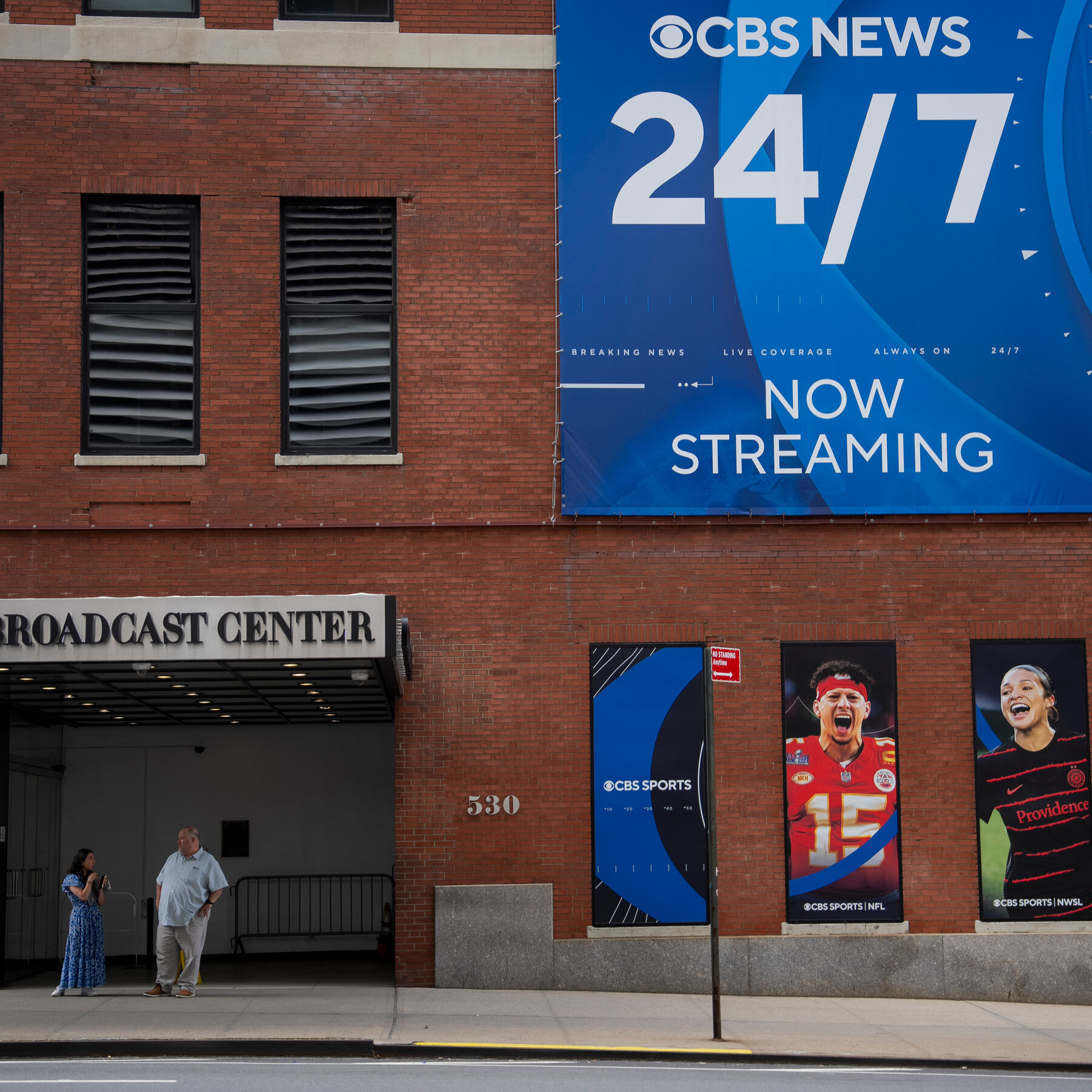Why “Surveillance Pricing” Strikes a Nerve
What the term actually means
“Surveillance pricing” refers to the practice of adjusting the price of a product or service based on data collected about an individual’s behavior, location, or personal characteristics. In other words, the price you see on a screen can be different for each shopper, depending on what the seller knows about you.
Two universal pet peeves
The controversy hits a nerve because it sits at the crossroads of two things most people detest: the feeling of being watched and the sensation of being overcharged. When a retailer seems to know where you live, what you’ve searched for, or how much you earn, and then offers you a higher price, the reaction is often a mix of discomfort and anger.
Why businesses use it
From a commercial perspective, firms argue that surveillance pricing allows them to maximize revenue by charging each customer the highest amount they are willing to pay. Advanced algorithms crunch vast amounts of data—browsing history, purchase patterns, even weather conditions—to set a price in real time.
Consumer backlash and regulatory concerns
Consumers, however, are pushing back. Many feel that the practice erodes trust and creates an uneven playing field. Policymakers in several countries are already debating whether to require greater transparency or to ban dynamic pricing that relies on personal data altogether.
What you can do
To protect yourself, consider the following steps:
- Use private browsing modes or VPNs to limit data collection.
- Clear cookies regularly and opt out of targeted advertising when possible.
- Compare prices across multiple platforms before committing to a purchase.
As the debate continues, the key question remains: Will the convenience of personalized pricing outweigh the discomfort of feeling constantly monitored?





